grab our FREE
‘Do’s & Don’ts of what to add to your website’ Guide.
‘Do’s & Don’ts of what to add to your website’ Guide.
emails with additional helpful content.
Hi, we're so glad you found us.
We love helping creatives like you finally have the website you’ve always wanted.
few simple steps
Follow us
Why Tracing Paper is the Secret Weapon of Top Designers
Designers are always looking for ways to streamline their design process and improve their final product. What if I told you that there’s a simple tool that can do just that? Tracing paper may seem old-fashioned, but it’s still valuable in any designer’s toolkit.
Ready to boost your creativity and make your design process more flexible? It all starts with tracing paper, here’s how.
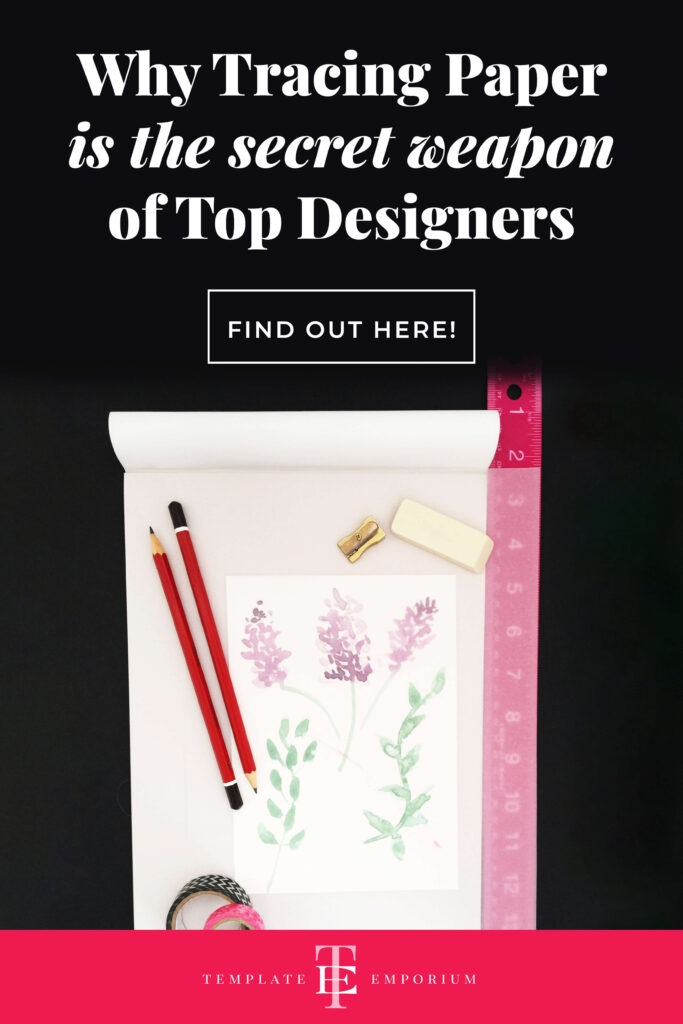
Why Designers use Tracing Paper
Have you ever wondered what design secrets the pros have up their sleeve?
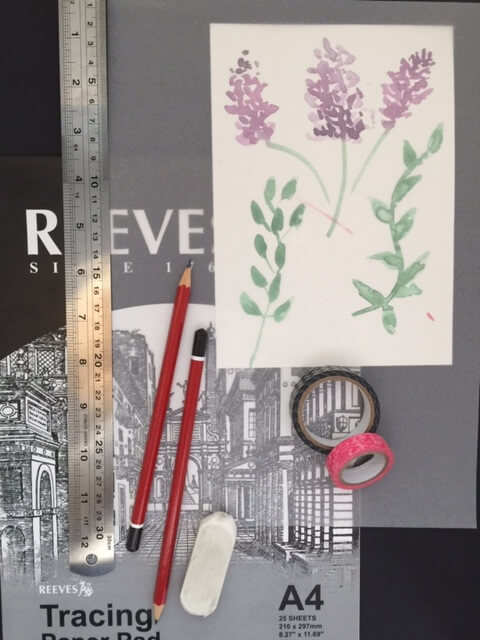
After working in the industry for years, the practical tip we swear by is one you may have overlooked – tracing paper.
While it may seem like a relic from the past, this simple tool can be the secret weapon that takes your designs to the next level.
Reeves Tracing Paper Pads are a favourite of ours.
In this blog, we’ll explore how it can enhance your sketching, experimentation, refinement, and communication with clients.
By the end, you’ll be wondering how you ever survived without this unassuming tool.
Enhance your Sketching
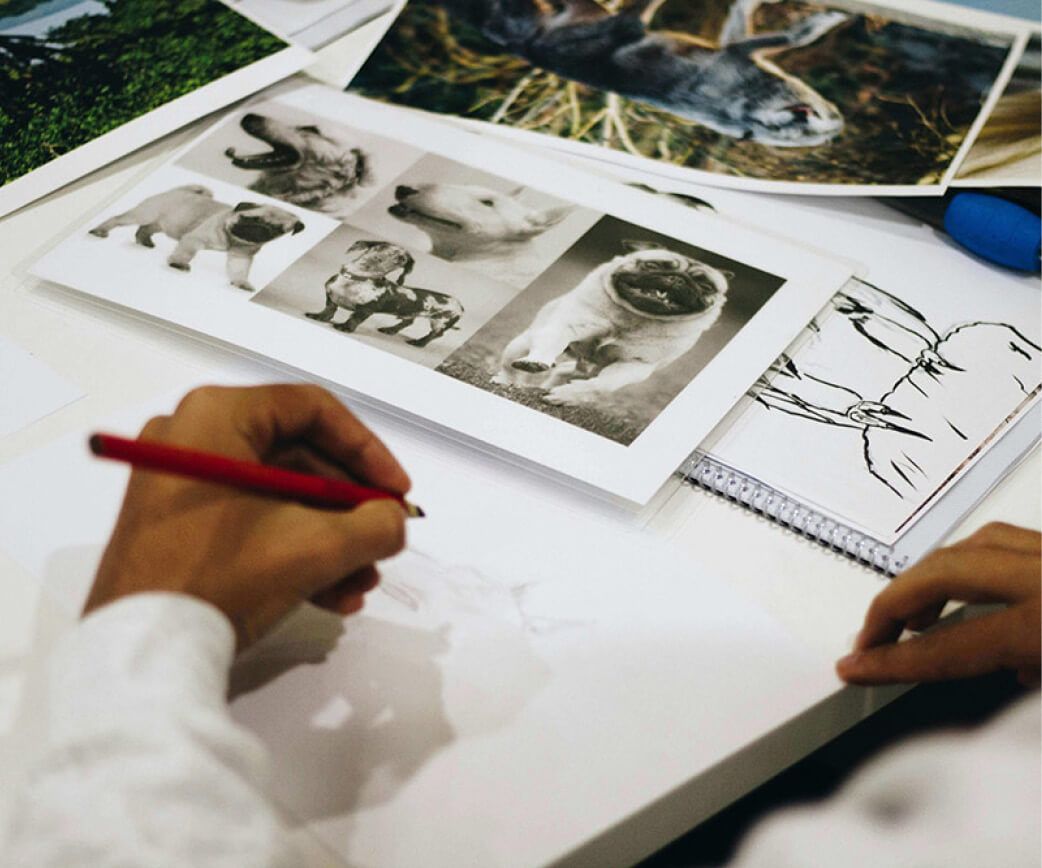
One of the most significant benefits of using tracing paper is the freedom it allows for experimentation with new design ideas.
Whether you’re working on a logo, layout, or illustration, it allows you to quickly and easily sketch out different possibilities and trace them to refine your ideas.
This process is especially helpful when working through multiple iterations and variations of a design concept.
Insider Tip
By using tracing paper, you can preserve your earlier work while continuing to refine your ideas in a way that’s effortless and organised. The result is a more efficient and effective design process that leads to high-quality work and satisfied clients.
Experiment with new Design Ideas
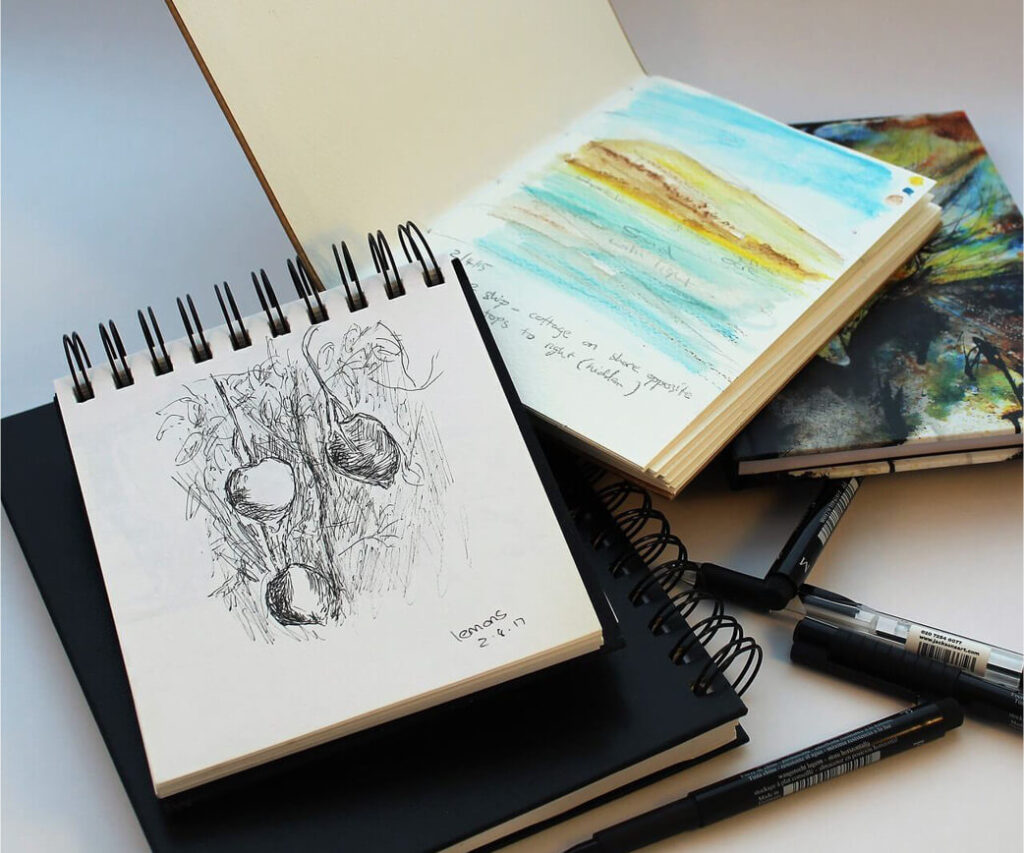
Tracing paper is an excellent tool for designers looking to explore their creativity and experiment with new ideas.
The freedom it affords to sketch out various design concepts and trace them helps designers refine their ideas quickly.
By experimenting with new design ideas on this transparent paper, designers can identify the most viable concepts for their projects.
The final result is more unique, innovative and effective designs.
Insider Tip
We also love to use it to explore different colour schemes, typography choices and overall layouts of our designs before finalising them.
Refine your Design
Once the design ideas have been experimented with and explored on the tracing paper, it’s time to refine the strongest concepts.
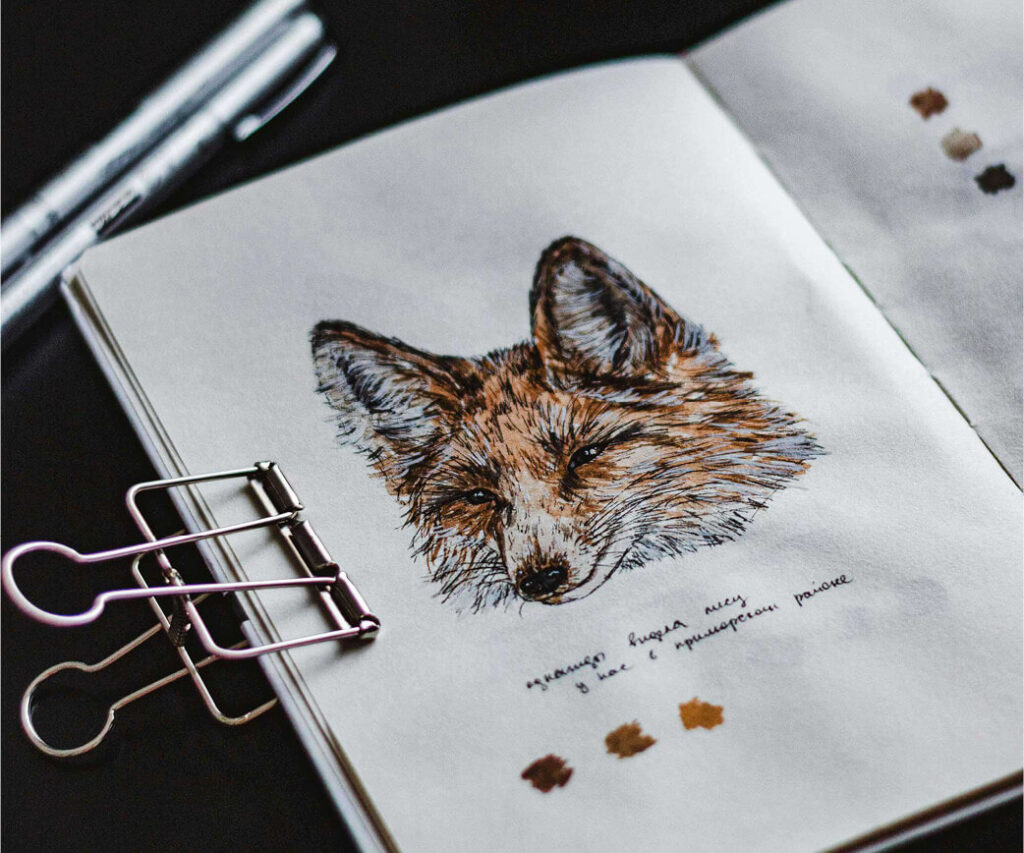
This can be done by tracing the refined sketches onto a new piece of paper or overlaying them on top of the original sketches.
Making changes or adjustments through this process ensures the original ideas are not lost while perfecting the final design.
Refining the design involves making minor tweaks and adjustments to the initial concepts.
Tracing paper allows designers to make these changes without having to start from scratch, saving both time and effort.
By streamlining the process the final result is high-quality, polished work that meets or exceeds their client’s expectations.
Better Communication with Clients
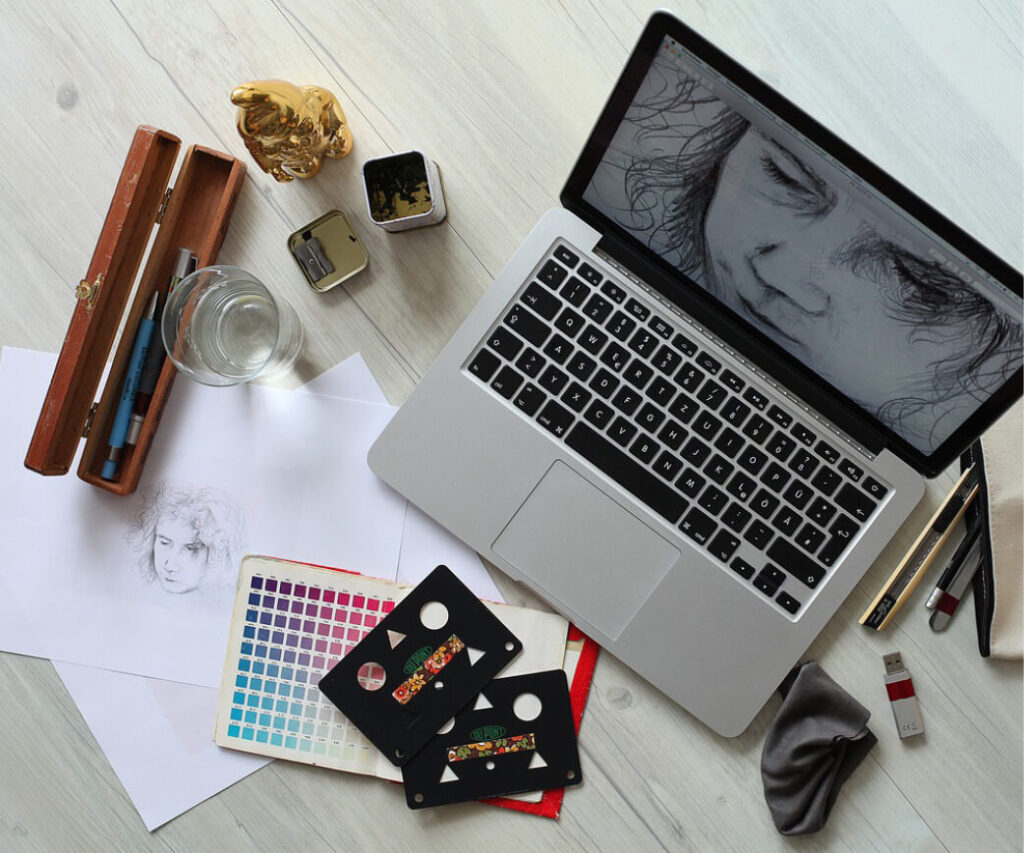
By illustrating changes and improvements on the tracing paper, designers can provide a visual representation of their thoughts and ideas.
This can be especially helpful for clients who may struggle to articulate their vision verbally.
In addition, using tracing paper can also help designers with:
Time
- Save time by better understanding their client’s needs and preferences.
- Streamline the design process.
- Fine-tune and refine designs faster resulting in high-quality work.
Communication
- Receive and implement feedback from clients.
- Improve communication.
- Lead to a stronger working relationship between designers and clients.
Collaboration
- Ensure everyone involved is on the same page.
- Build trust by ensuring the result meets the client’s expectations.
- Establish themselves as reliable partners in the design process
That’s a Wrap
Tracing paper may seem like a simple tool in today’s technology-driven design world, but it’s a game-changer for top designers.
By using it, designers can enhance their sketching skills, experiment with new ideas, refine their designs, and communicate better with their clients.
Tracing paper is not just about nostalgia; it’s a versatile medium that can unlock creativity and improve precision. Don’t hesitate to try it out in your design process and see the difference it can make.
Want more design tips? Get our essential guide for Creatives.
Our FREE Essential Guide for Creatives. “Do’s & Don’ts of what to add to your website” will give you a simple plan to follow so that you’ll never have to question what to show online again.

Where to now?
Want more Designer Tips?
- Type Crimes on your Website (are you committing any of these?)
- 3 Tips for Picking Your Perfect Brand Colours
- How to Use Harmonious Colour Combinations in Your Designs
Like the Blog Post?
PIN IT FOR LATER. And for more helpful tips follow us on PINTEREST.
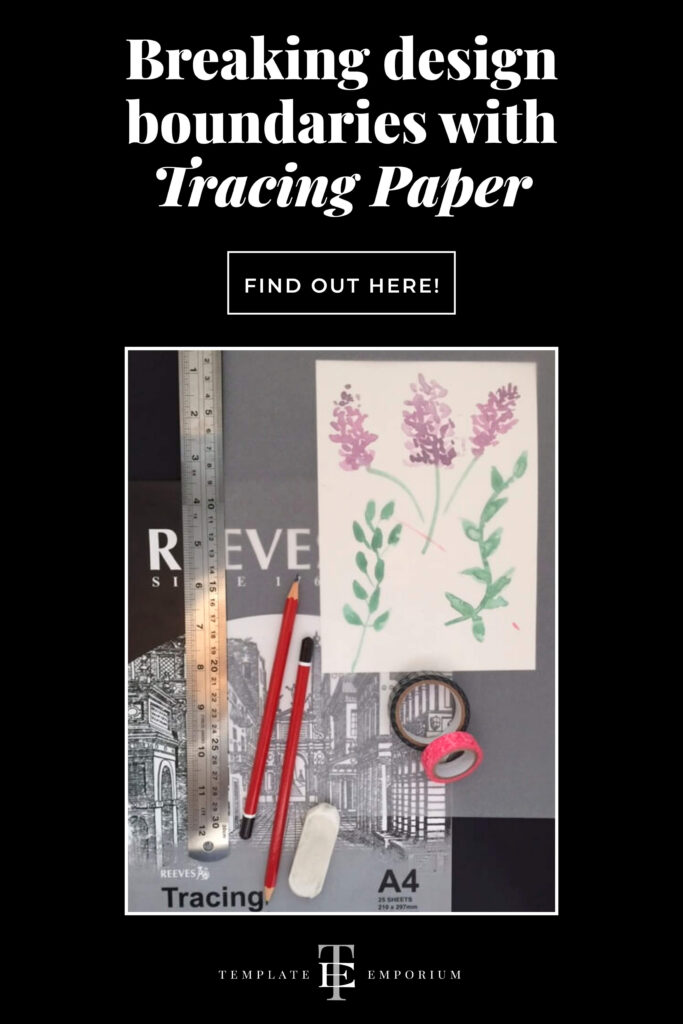
Search
Create & launch your website in a
few simple steps
FREE GUIDE
While you’re here,
grab our FREE
‘Do’s & Don’ts of what to add to your website’ Guide.
‘Do’s & Don’ts of what to add to your website’ Guide.
When you sign up, we’ll send you
emails with additional helpful content.
About Lavinia & Tom
Hi, we're so glad you found us.
We love helping creatives like you finally have the website you’ve always wanted.
Blog Categories
Follow us